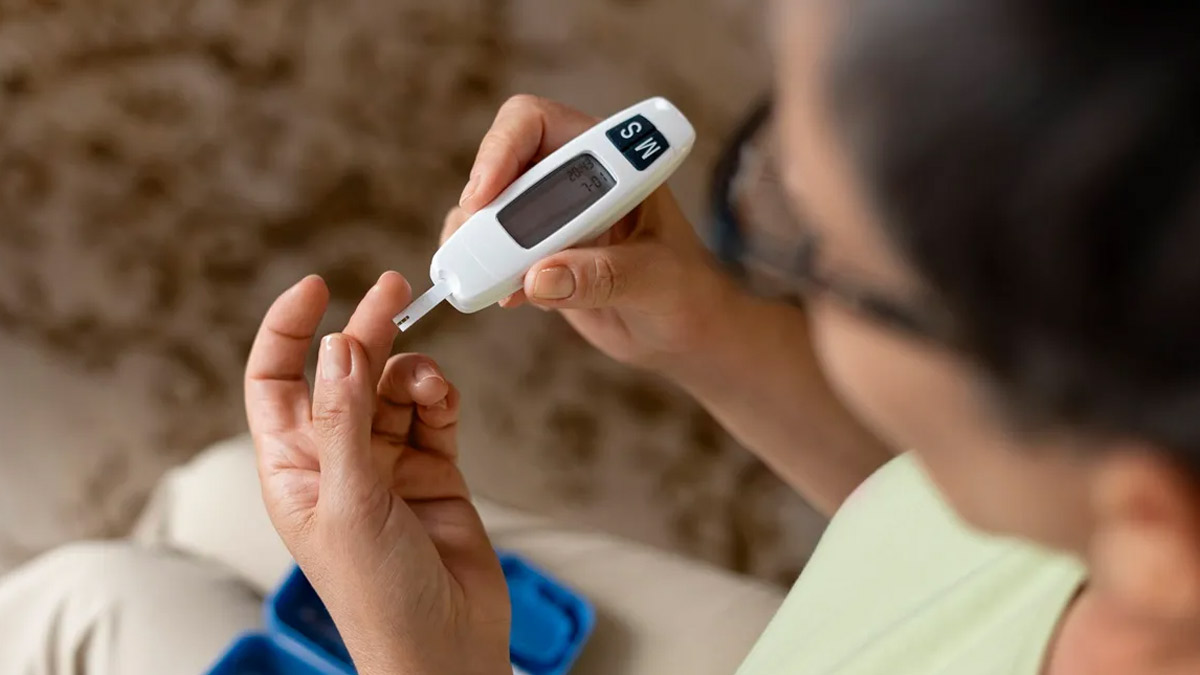In an extraordinary medical advancement, Chinese scientists have successfully reversed Type 1 diabetes in a woman through a novel stem cell therapy, marking a pivotal moment in the ongoing battle against the condition. This breakthrough opens up new possibilities for Type 1 diabetes treatment and offers hope to millions of people globally who are reliant on insulin injections to manage the disease.
The First Case of Reversing Type 1 Diabetes
The patient, a 25-year-old woman from Tianjin, China, has become the first person in the world to have her Type 1 diabetes reversed through this innovative procedure. After undergoing the treatment, the woman expressed her relief and excitement, stating, “I can eat sugar now,” a simple yet profound reflection of how life-changing the procedure has been for her.
Experts have hailed the achievement as monumental. According to Daisuke Yabe, a diabetes researcher at Kyoto University, “If this is applicable to other patients, it’s going to be wonderful.” The case has garnered attention worldwide, signalling a potential new frontier in how Type 1 diabetes could be managed or even cured in the future.
How the Treatment Works: The Science Behind It
The treatment hinges on the use of chemically induced pluripotent stem cells (CiPSCs). Type 1 diabetes is a condition where the immune system attacks insulin-producing beta cells in the pancreas, leading to a loss of insulin production and a lifelong dependency on insulin injections for glucose regulation.
In this case, the scientists employed CiPSCs derived from the patient’s own cells. These cells were chemically reprogrammed to function as insulin-producing beta cells. After being transplanted into the woman’s body, the newly reprogrammed cells started producing insulin autonomously. This, in turn, restored her pancreas’ ability to regulate blood glucose levels, significantly reducing her dependency on external insulin.
Also Read: Antibiotic Tetracycline Linked To Severe Side Effects Including Death, Warns Health Ministry
Over time, the woman demonstrated improved glucose regulation, and her need for insulin injections decreased drastically—a promising sign that the therapy may have long-lasting effects. This procedure offers a unique, personalized approach to treating Type 1 diabetes, as it uses the patient’s own cells to combat the condition.
Potential Risks and Challenges of CiPSCs
While the success of this stem cell treatment is undeniably promising, there are still potential risks and challenges associated with the use of CiPSCs in treating diabetes. Some of the key concerns include:
Immune Rejection
Despite the patient-specific nature of CiPSCs, there remains a risk that the body may perceive the newly developed beta cells as foreign. This could trigger an immune response, leading to the rejection of the transplanted cells. In such cases, patients might need to take immunosuppressive medications, which carry additional health risks, including increased susceptibility to infections.
Tumour Formation (Tumorigenesis)
Pluripotent stem cells, like CiPSCs, have the potential to differentiate into any cell type, but this versatility comes with a risk. If the cells do not fully mature into insulin-producing beta cells or retain some residual pluripotent activity, they could proliferate uncontrollably, potentially leading to the development of tumours.
Also Read: Ludhiana Sees Early Surge in Swine Flu Cases with 26 Infections Logged, Doctors Sound Alarm
Long-Term Functionality
The long-term efficacy of CiPSC-derived beta cells remains uncertain. Previous studies have indicated that such cells might experience stress or premature ageing (senescence) over time, which could lead to diminished insulin production. More research is needed to determine how long these reprogrammed cells can remain functional in the body without additional intervention.
The Road Ahead: Widespread Use and Limitations
Although this groundbreaking treatment offers hope for many, it is still in its early stages, and more research is required to ensure its safety and effectiveness in a broader population. Several factors may limit its widespread application:
Individual Variability in Response
Not all Type 1 diabetes patients may respond to this treatment in the same way. The severity of the disease, an individual’s immune system response, and coexisting medical conditions could all influence the success of the therapy. Some patients might still require supplemental insulin, even after undergoing stem cell treatment.
High Cost and Accessibility
Currently, stem cell therapy, especially using CiPSCs, is an expensive and resource-intensive process. The procedure requires advanced laboratory techniques and personalized care, making it financially prohibitive for many patients. Scaling the therapy for widespread use would necessitate substantial investment in infrastructure, training, and research.
Ongoing Clinical Trials
While the results from this case are promising, the treatment is still undergoing clinical trials. Issues like immune rejection, tumour risk, and the durability of the beta cells need to be thoroughly studied and resolved before the therapy can become a standard treatment option for Type 1 diabetes patients worldwide.
A Promising Future for Type 1 Diabetes Treatment
The success of this stem cell-based therapy marks a significant step forward in the quest to find a cure for Type 1 diabetes. If further research and trials validate its safety and effectiveness, this treatment could transform the way Type 1 diabetes is managed, potentially reducing or even eliminating the need for insulin injections for millions of people. However, for now, the path to widespread application remains complex, with many challenges to overcome before it can become a mainstream treatment.
